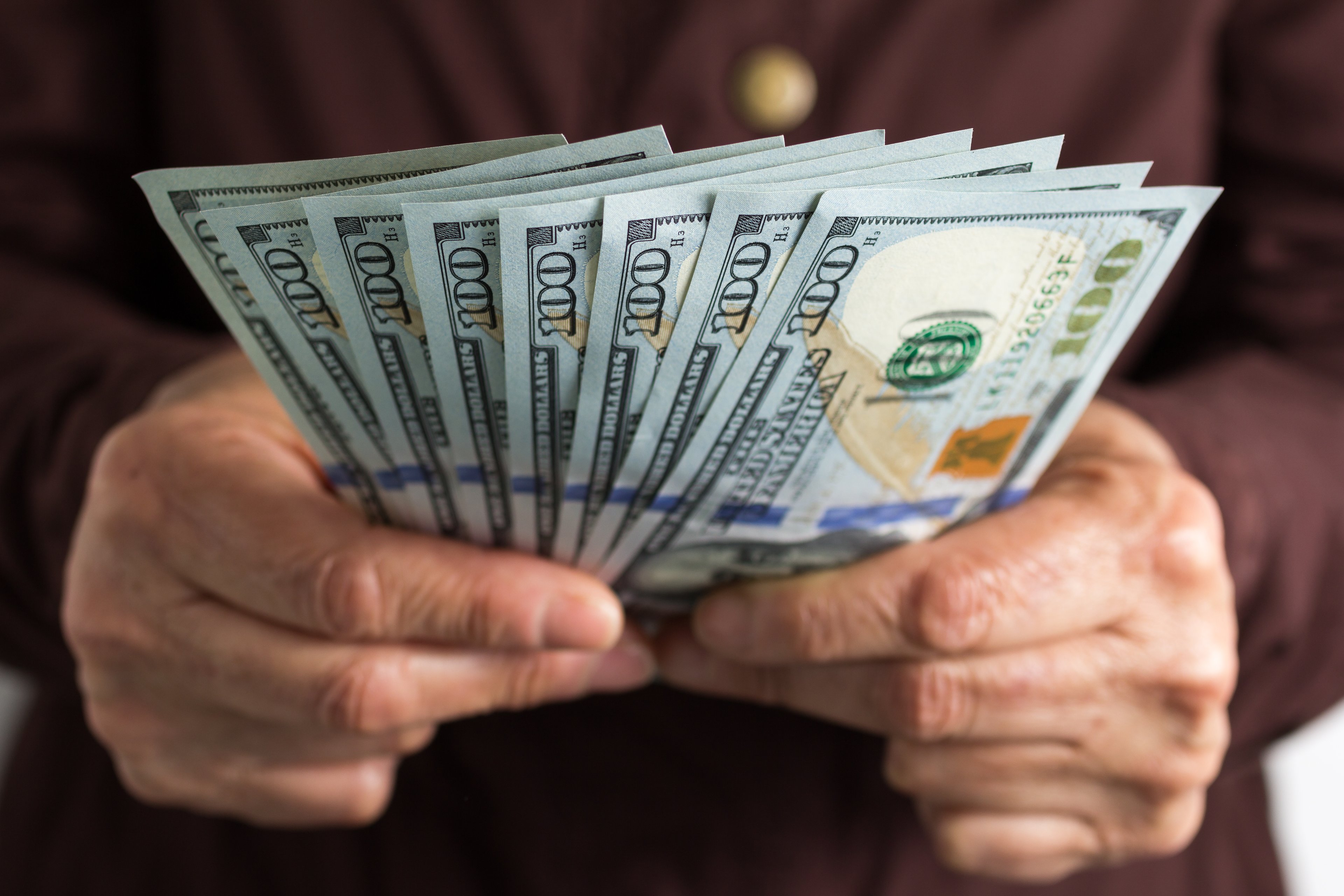
Market bounces follow big drops. Image: Wikimedia Commons.
The S&P 500 (^GSPC +0.65%) didn't give investors what they wanted to see in 2015, with the index falling by 0.7% and managing to eke out a positive total return of 1.4% after accounting for dividends. Yet even though the index's performance was its worst since 2008, what most investors will remember about the S&P 500 is how it went through an extreme period of volatility yet managed to recover soundly from it. The best example of that came on the S&P 500's best day of the year, Aug. 26, when the index jumped 73 points, or nearly 4%. As usually happens, the events that led up to that momentous day led some investors to miss out on it entirely.
Dealing with adversity
If you look back at history, you'll notice that on many occasions, the biggest gains came during periods of nearly unprecedented volatility. The two biggest point gains for the S&P 500 came in October 2008, as the stock market wrestled with the implications of the massive policy moves that government agencies and the Federal Reserve were making to try to handle the financial crisis. Several strong days came during the bear market of 2000 and 2001, with the market showing momentary signs of optimism amid a downdraft that would lop off nearly half of the S&P's value over the course of a couple of years.
On a percentage basis, the S&P's best days are also historically significant. Most were in the 2008-09 and 2000-02 timeframe, but several came in the aftermath of the 1987 stock market crash, with one particular 9% bounce that was the largest gain by nearly double compared to what investors had seen previously.
Missing out on the strong days
Many financial firms love to point out that if you missed out on just a few of the best up days in stock market history, it puts a serious dent in your total returns. The obvious retort to that is that if you miss a few of the worst down days in stock market history, you'll dramatically improve your returns.
Yet the way that up days tend to follow down days suggests just how much more difficult it is to last until the upward moves come. All too often, the strong upward days come in the form of a bounce from a completely unexpected downward plunge. There's no rational way to expect that you could avoid the initial crash, given that it often gives little warning.
The fear that such a crash produces, though, predictably leads to emotional investing decisions. It can be extremely hard to avoid the knee-jerk reaction to sell into a big down day in the market, especially when you're afraid that an initial downward move will turn into a much more dramatic sell-off. Even the historical tendency for big bounces to occur isn't enough to give most investors the discipline they need to stick things out and stay invested.
Much ado about nothing
Perhaps the most important thing about the best day for the S&P 500 in 2015 is that hardly anyone was truly celebrating on Aug. 26. The only thing that the big rebound brought was a huge sense of relief for investors who had seen a huge amount of their paper wealth evaporate in the days leading up to that bounce. Moreover, even after the gain, the stock market would eventually drop back to its pre-bounce levels within a month before finally turning upward for the remainder of the year.
Big days in both directions make dramatic headlines, but in the lifetime of a long-term investor, they typically smooth out and turn into unimportant noise. By keeping that perspective, you can avoid making huge mistakes with your portfolio and stick to your overall investing plan through thick and thin.






